Two-Blade Savonius Wind Turbine CFD Simulation (3-D)
$160.00 Student Discount
- The problem numerically simulates the Savonius (Two-Blade) Wind Turbine using ANSYS Fluent software.
- We design the 3-D model by the Spaceclaim software.
- We Mesh the model by ANSYS Meshing software, and the element number equals 494,456.
- We perform this simulation as unsteady (Transient).
- We use the Mesh Motion model to define rotational motion.
To Order Your Project or benefit from a CFD consultation, contact our experts via email ([email protected]), online support tab, or WhatsApp at +44 7443 197273.
There are some Free Products to check our service quality.
If you want the training video in another language instead of English, ask it via [email protected] after you buy the product.
Description
Savonius (Two-Blade) Wind Turbine, CFD Simulation (3-D) Ansys Fluent Training
In this project, a 3-D Savonius Wind Turbine (with two blades) has been simulated, and the simulation results have been investigated by ANSYS Fluent software. We perform this CFD project and investigate it by CFD analysis.
The savories wind turbine is a type of vertical axis wind turbine (VAWT) used to generate electricity from wind energy. The turbine consists of several curved airfoil blades mounted on a rotating shaft or framework.
In this type of turbine, the main rotor is positioned vertically. The most important advantage of vertical wind turbines is that they do not need to be adjusted to the wind direction and can also be used at low altitudes.
The three-dimensional geometry of this project has been produced with Spaceclaim software. Two blades with 350mm diameter and 25mm thickness, and 800mm height located in a rotating circle with 1000mm diameter surrounded by 8000mm*4000mm*800mm cuboid were sketched.
We carry out the model’s meshing using ANSYS Meshing software. The element number is 494,456. Also, the transient solver is enabled due to the present problem in which we have used the mesh motion option.
Savonius Methodology
In this project, a two-blade Savonius wind turbine was simulated using mesh motion in Ansys Fluent software, and the results were investigated. Air enters the fluid domain from the inlet with 10m/s velocity while the turbine rotates with a constant angular velocity of 40rpm.
Our final goal is to illustrate the pressure and velocity distribution and animate the fluid motion behind the turbine. Moreover, the SST k-omega model can solve turbulent fluid equations due to its advantage in capturing fluid flow patterns near and far from the blades’ surfaces.
Savonius Conclusion
After the solution, two-dimensional contours related to the pressure, velocity, and streamlines are obtained. Figures in this product gallery show a variety of contours of fluid changes during its motion through turbine blades.
According to them, pressure and velocity distribution are distinctly different in the inner and outer blades. The flow enters the domain with 10m/s velocity.
After the collision with the inner blade, a tremendous pressure increase occurs, so the velocity magnitude decreases and reaches zero at a point known as stagnation point; This may cause negative torque that is not our preference.
On the other hand, the outer blade experiences a high-velocity flow on its back, which tends to push the blade clockwise.
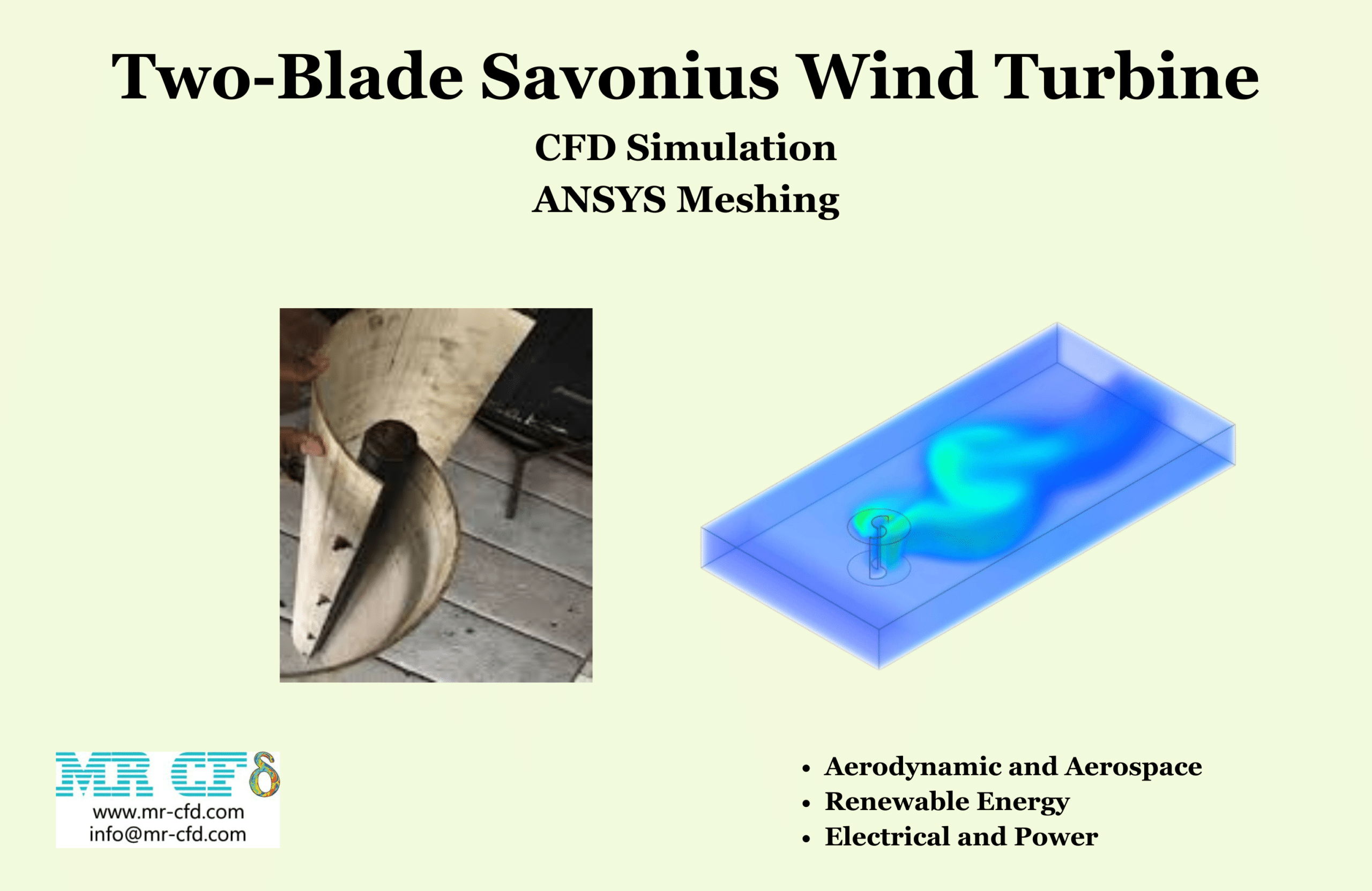
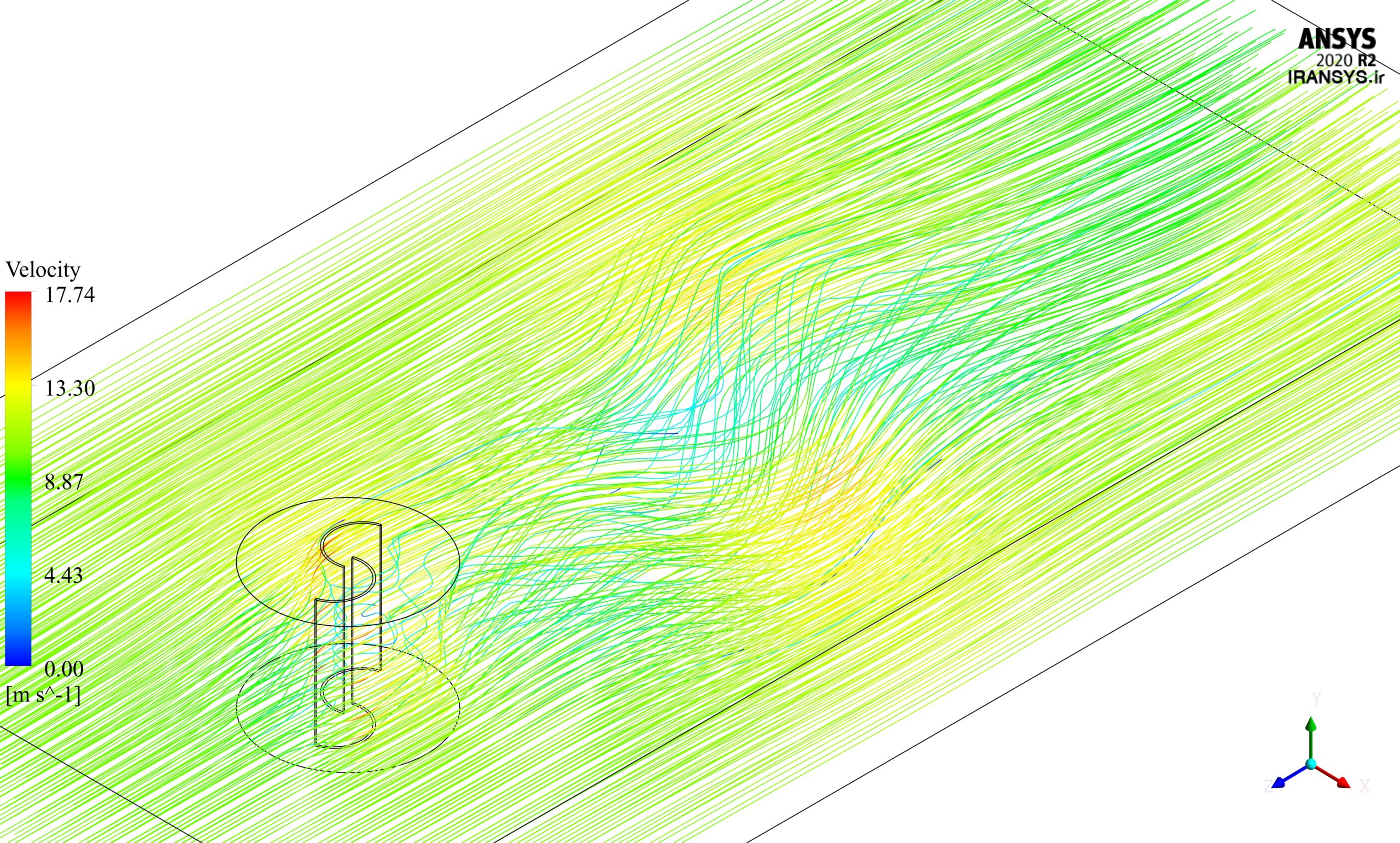
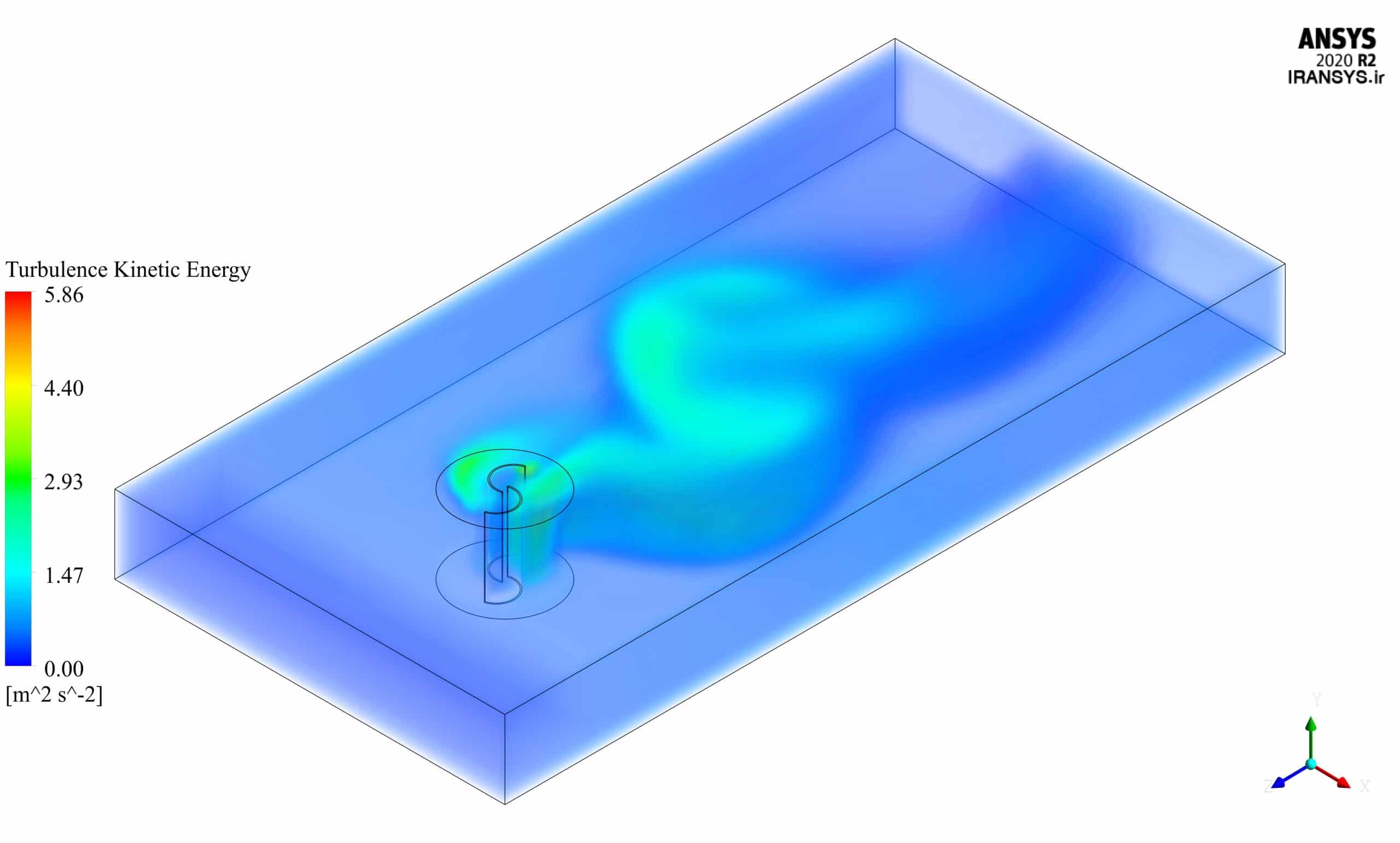
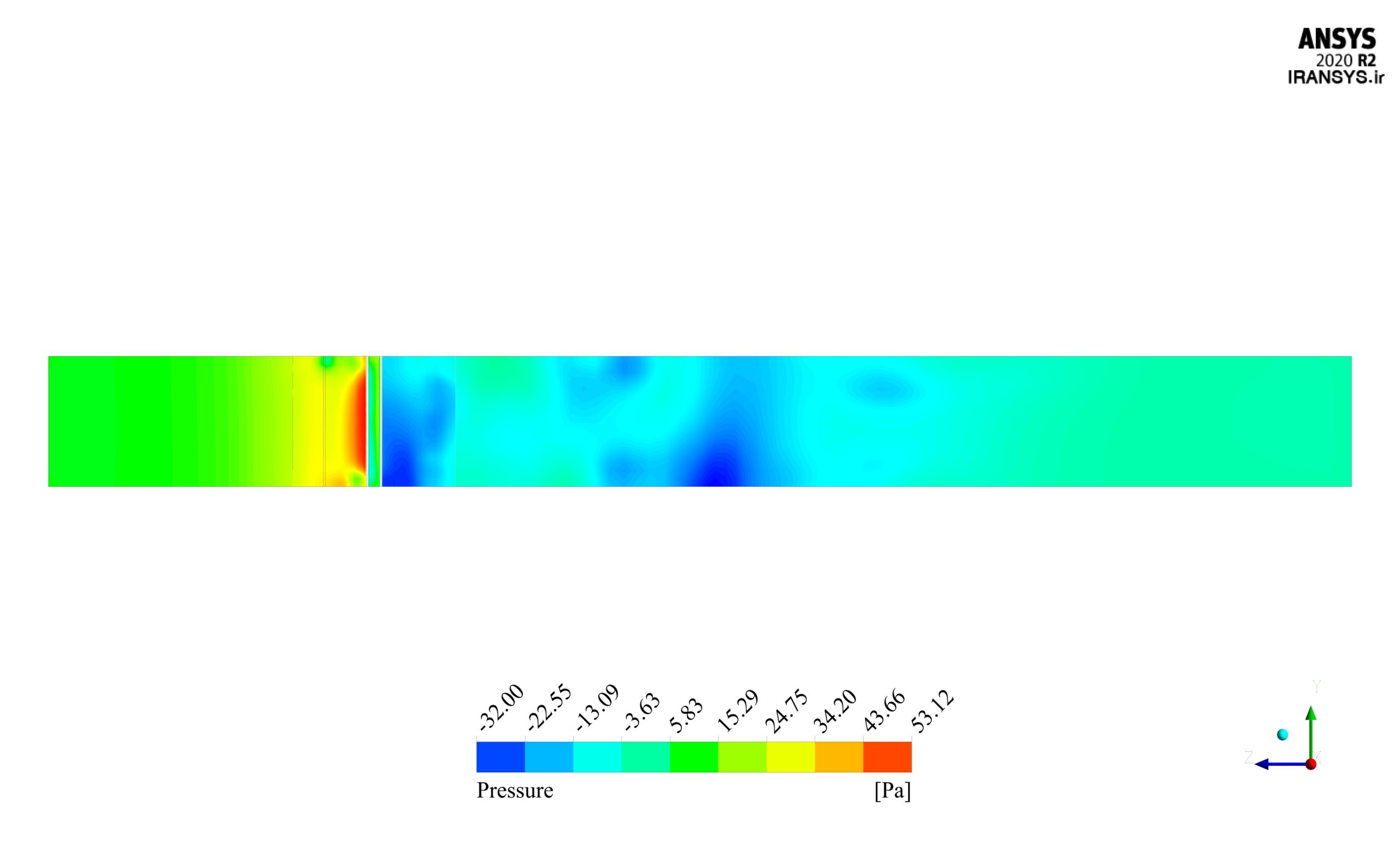
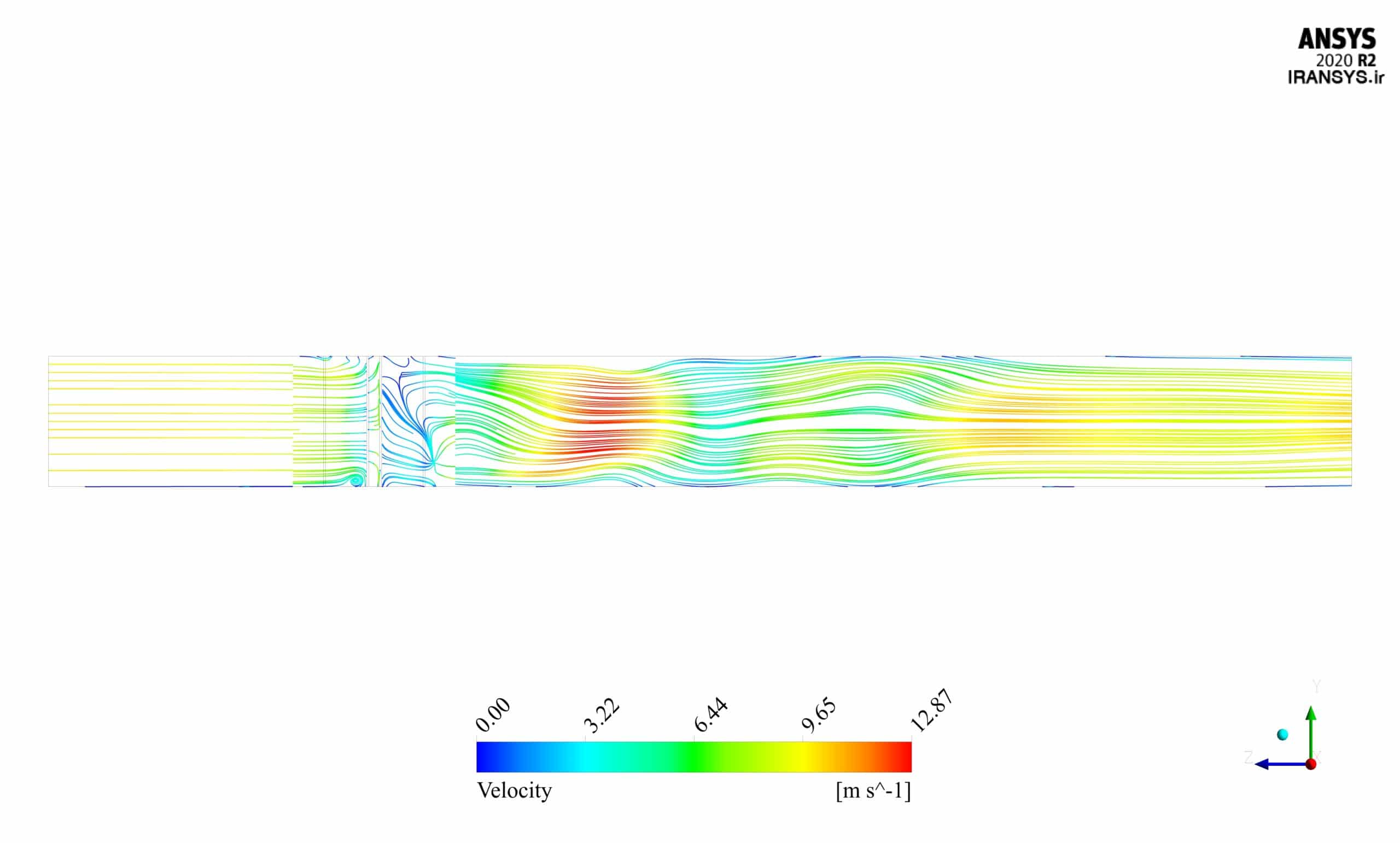
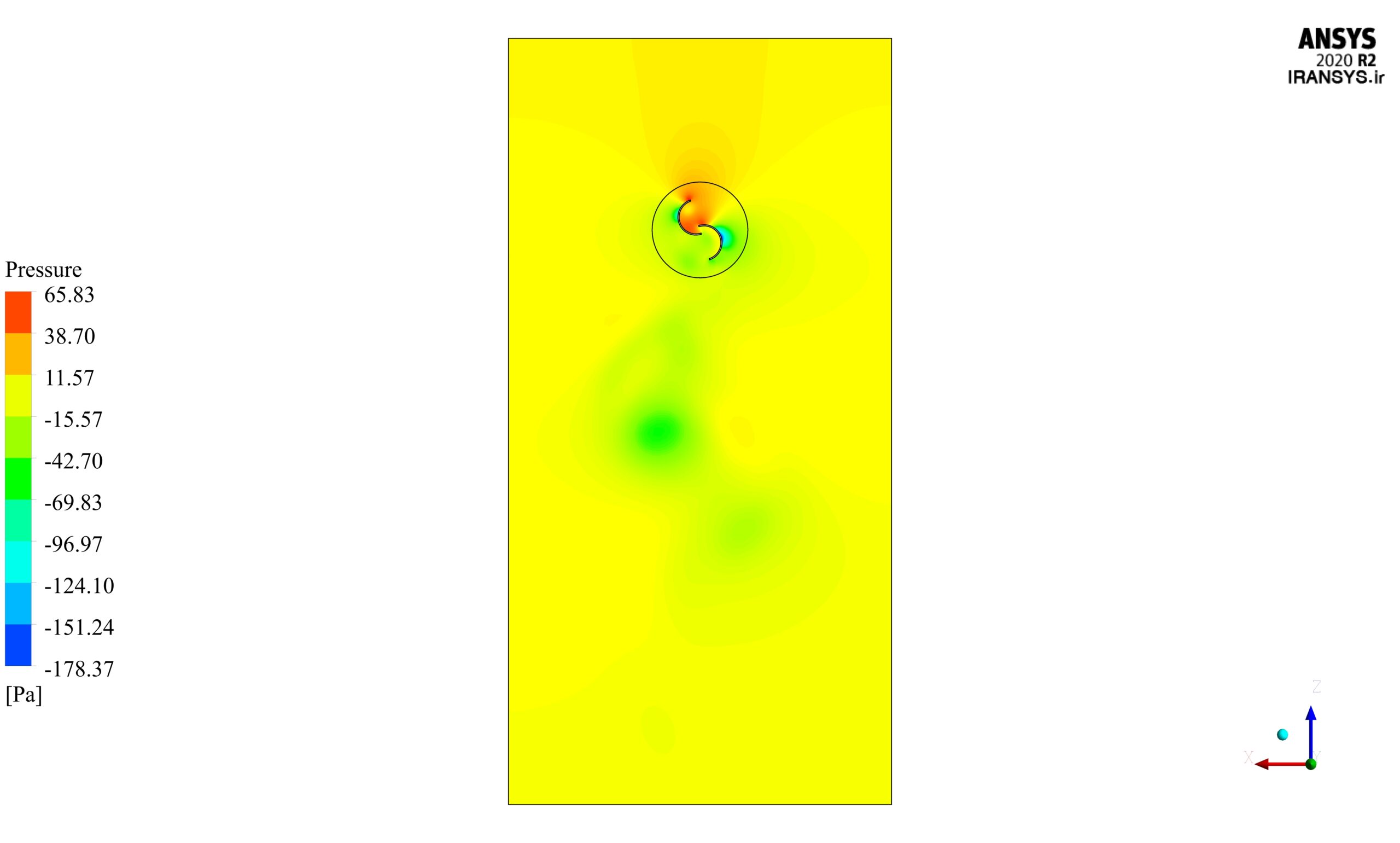
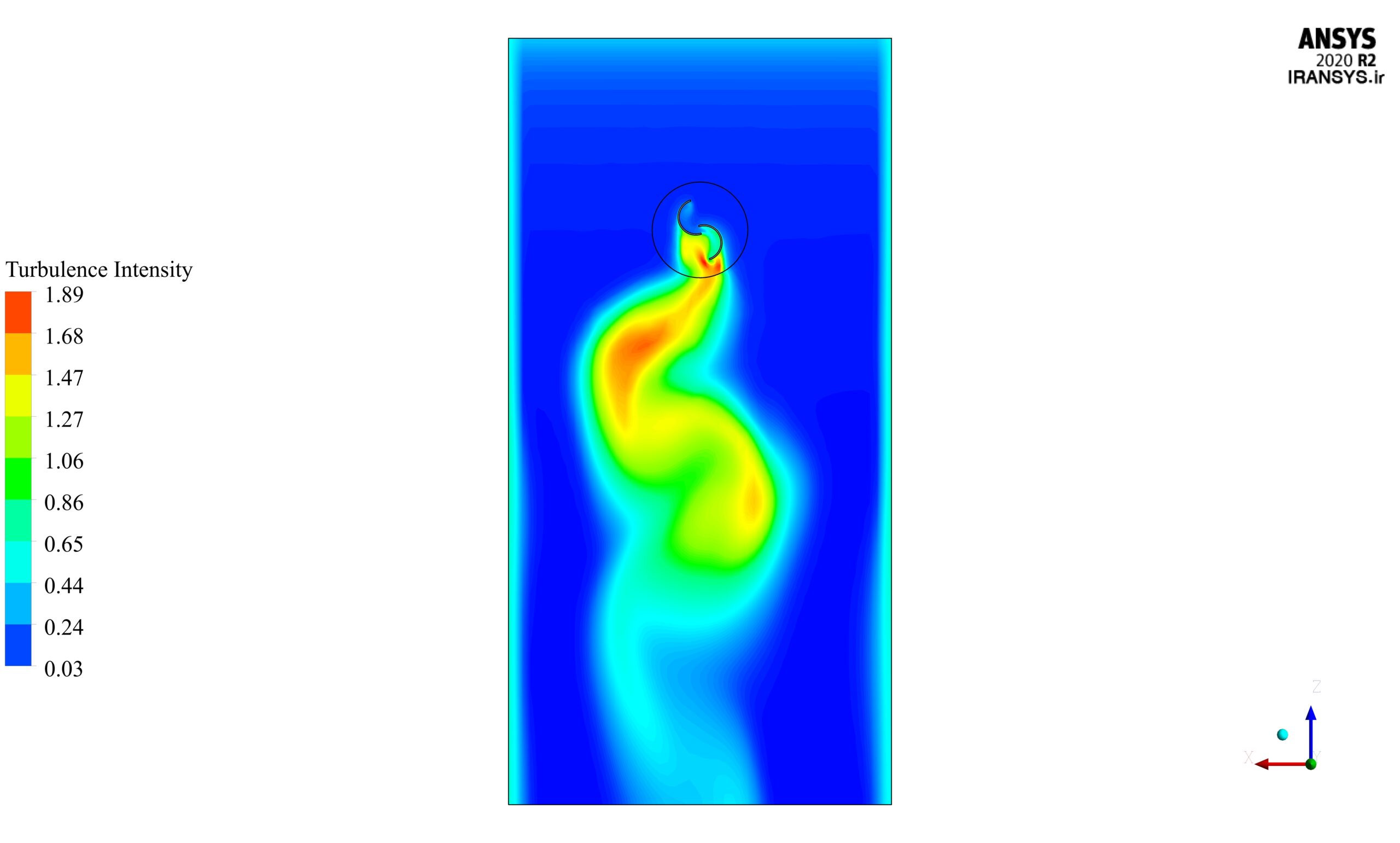
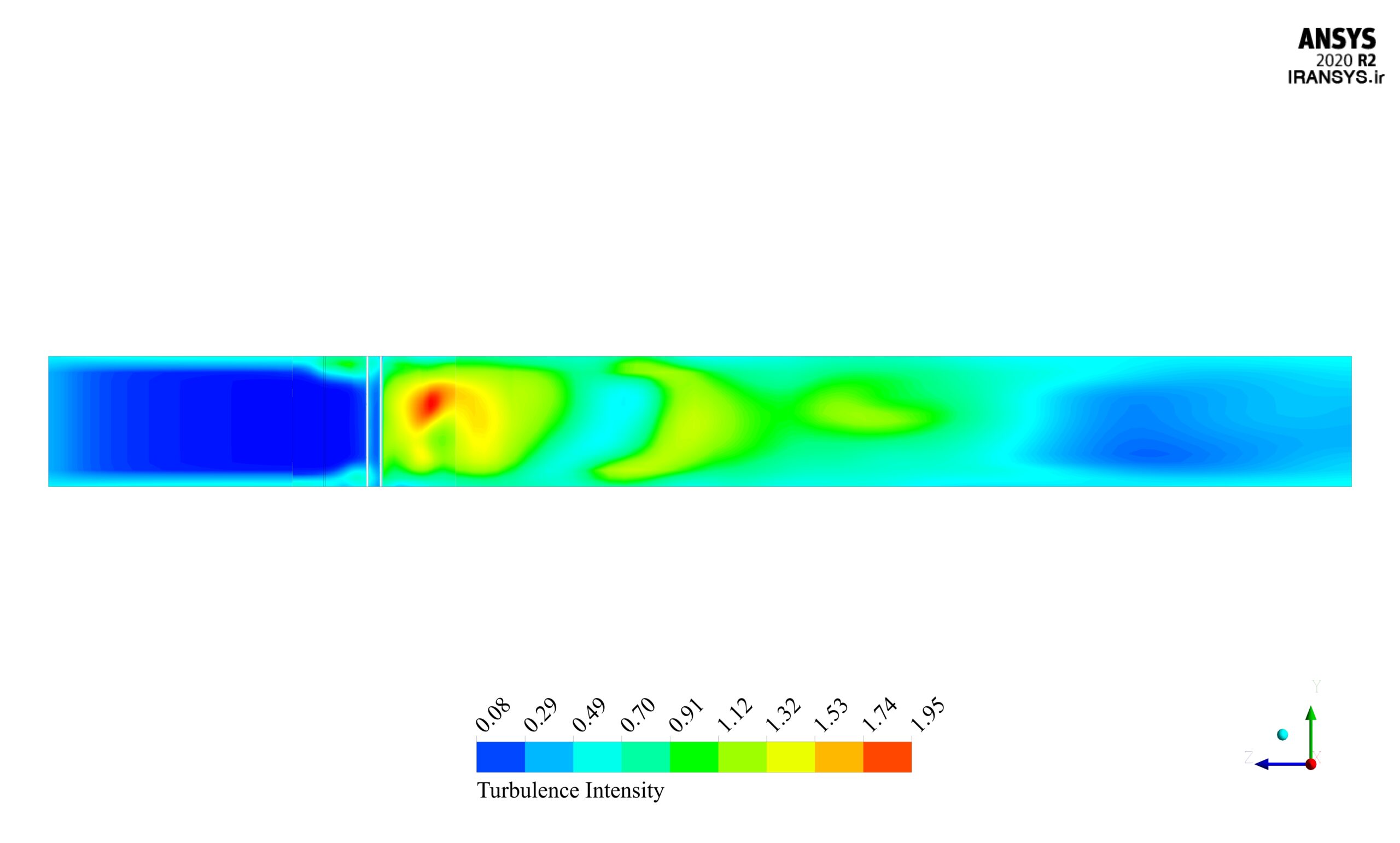
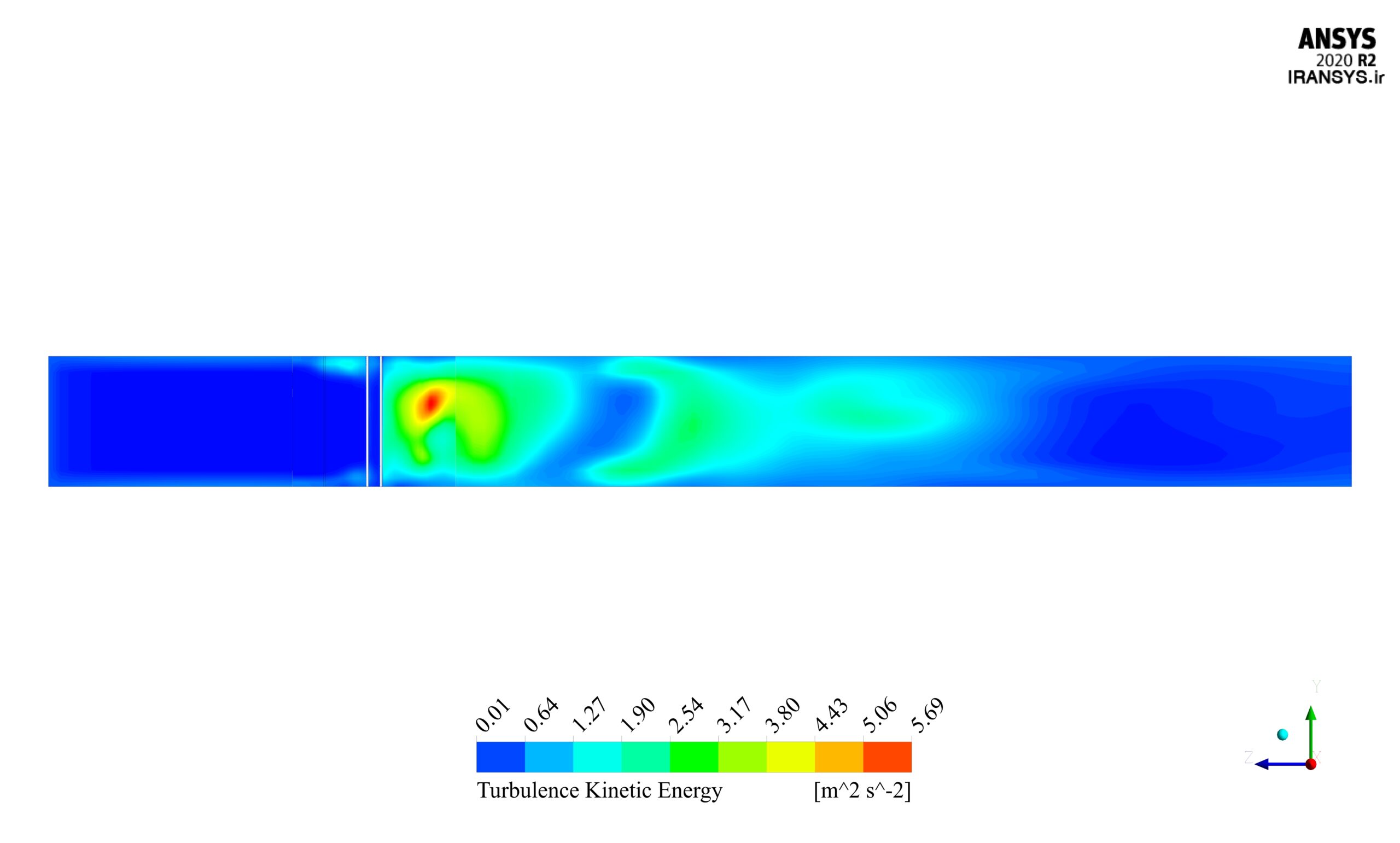
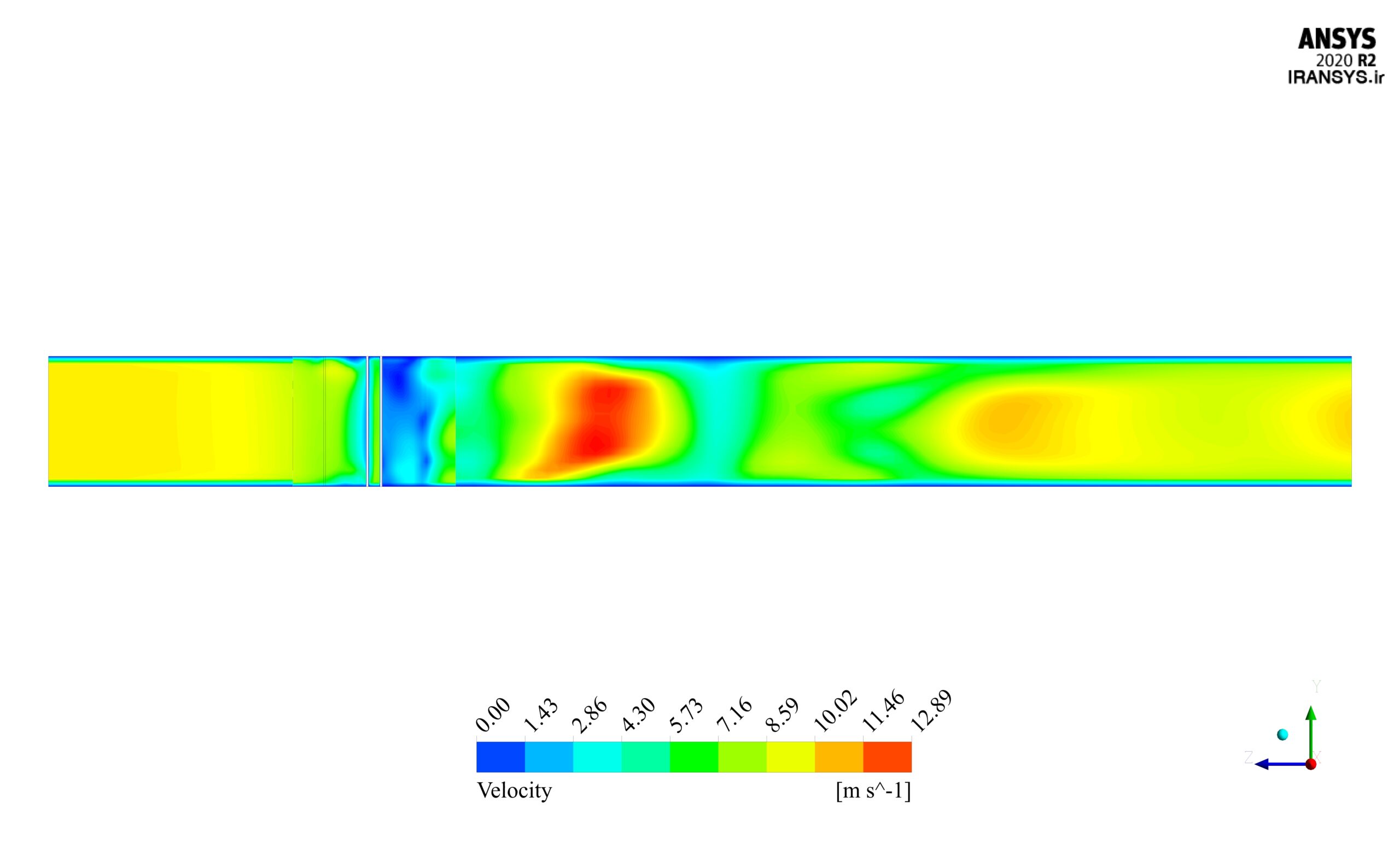
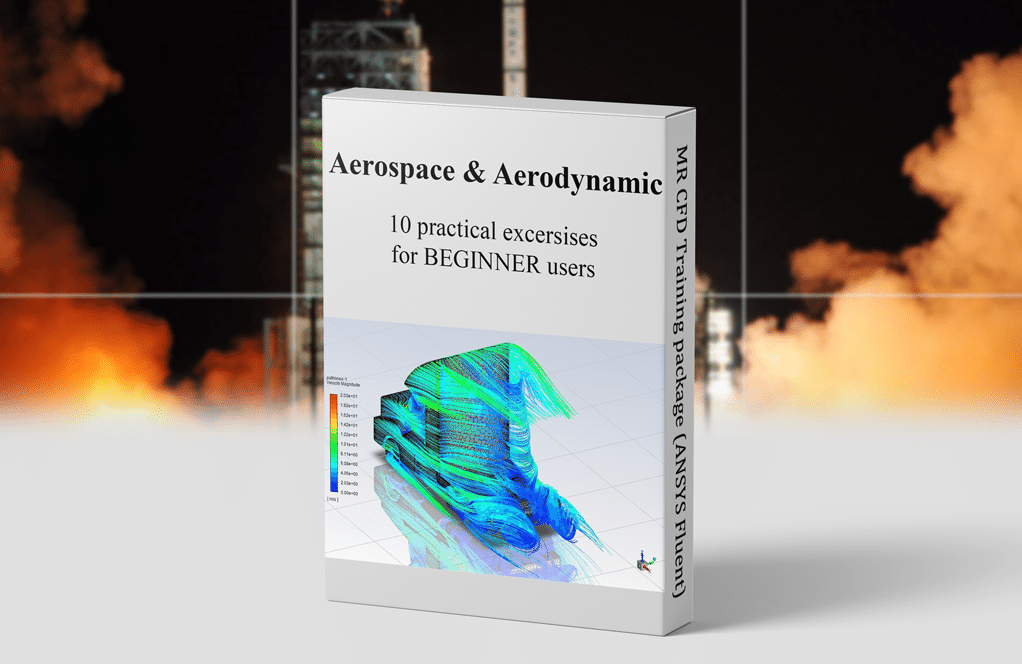
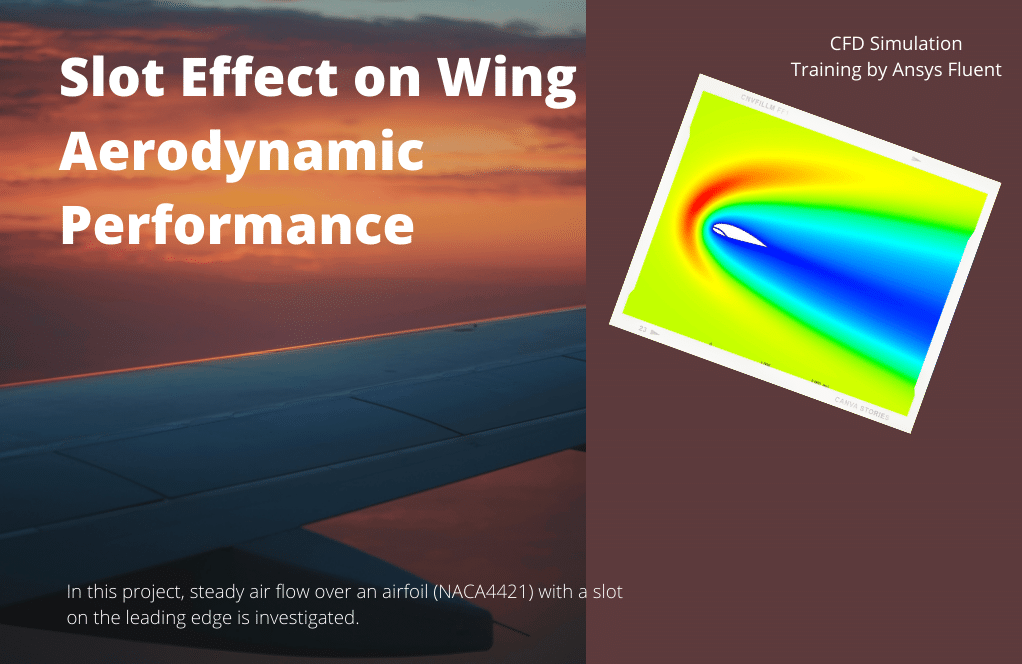
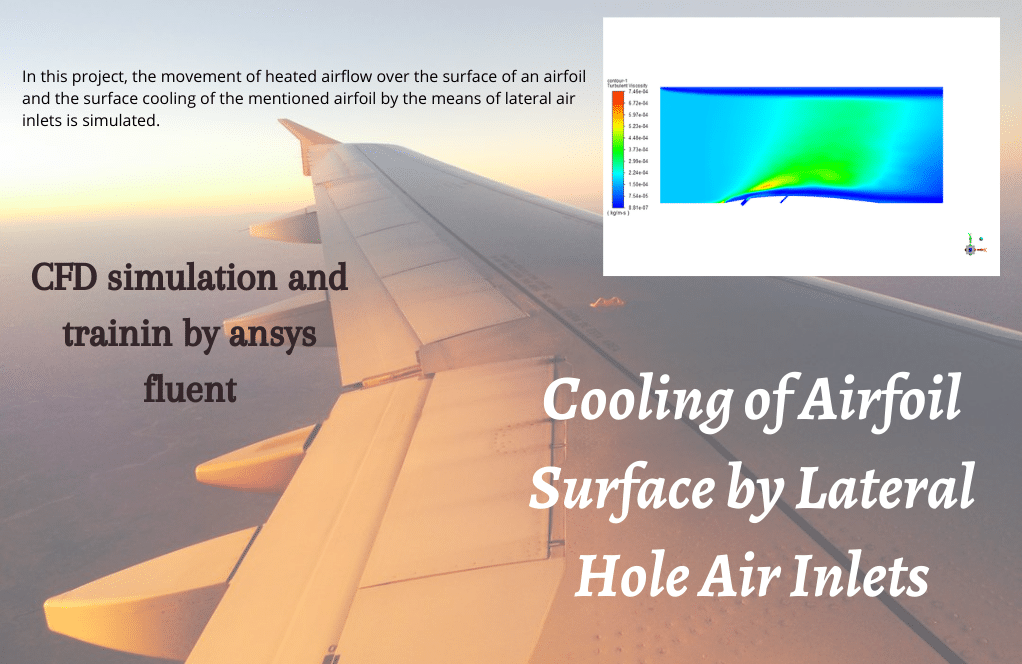
Ethelyn Swaniawski –
The Savonius wind turbine model you made sounds impressive! Its ability to capture and illustrate fluid motion, pressure, and velocity distributions is fascinating. The expertise behind employing the mesh motion option and the SST k-omega turbulence model to achieve realistic simulation results is commendable. The detailed analysis of the inner and outer blades provides crucial insights into the performance and efficiency of this turbine design. Exceptional work showcasing the capabilities of CFD in renewable energy technology advancements.
MR CFD Support –
Thank you very much for your kind words! We’re thrilled to hear that you appreciate the complexity and detail of the Savonius wind turbine CFD simulation. It’s our pleasure to provide useful learning tools that help in understanding the intricacies of renewable energy technologies through simulation. Your recognition of our efforts is highly rewarding. If you have any more questions or need further assistance with our products, feel free to reach out.
Carroll Reinger MD –
I’m really impressed with how detailed the results from the Two-Blade Savonius Wind Turbine simulations appear to be. It demonstrates the thorough process and complex phenomena the study was able to capture.
MR CFD Support –
Thank you for your positive feedback! We’re delighted to hear that you are impressed by the detailed results of the Two-Blade Savonius Wind Turbine simulation. It’s our goal to provide comprehensive data to fully understand the behavior and performance of such systems. We appreciate your compliment and are glad that the complexities of the simulation were conveyed effectively.
Christian Ortiz –
The visualization of the pressure and velocity changes around the Savonius wind turbine blades sounds fascinating! The detailed analysis of how these factors contribute to the turbine’s performance is truly insightful. I’m particularly impressed by the use of the SST k-omega model to capture the fluid flow patterns with such precision.
MR CFD Support –
Thank you for your positive feedback on the Two-Blade Savonius Wind Turbine CFD Simulation! We’re glad to hear that the SST k-omega model’s capability to accurately replicate fluid flow patterns added value to your understanding of the technology’s functionality. We appreciate your acknowledgment of the detailed analysis presented and are pleased it enriched your comprehension of the dynamics involved in wind turbine performance.
Gustave Dickinson DDS –
My training with the Savonius Wind Turbine CFD simulation was fascinating. It’s amazing to see how the pressure and velocity distribution behind the turbines were captured and animated. I feel much more knowledgeable about the factors influencing turbine performance now!
MR CFD Support –
Thank you for taking the time to provide your positive feedback. We’re thrilled that our training on the Savonius Wind Turbine CFD simulation has enhanced your understanding of wind turbine performance and fluid dynamics. If you have more questions or need further insights, feel free to reach out. Happy learning!
Doug Mueller –
I am so thrilled with the visual results from the Two-Blade Savonius Wind Turbine CFD Simulation. The pressure and velocity distributions were clearly distinguishable, providing an in-depth understanding of the blade interactions with the airflow. It was fascinating to see the differences between the inner and outer blades and how they contribute to the functionality of the turbine. Excellent work!
MR CFD Support –
Thank you very much for your kind words and for noticing the details in the simulation. We’re delighted to hear that the visual results exceeded your expectations and provided the comprehensive insight we aim for. Your understanding and discernment of the blade interactions make our efforts genuinely worthwhile. We appreciate you taking the time to leave such a positive review!
Kiley Russel –
I absolutely enjoyed the detailed simulation of a Two-Blade Savonius Wind Turbine in ANSYS Fluent. The visuals of pressure and velocity distribution, along with the clear representation of the fluid streamlines, were very informative and the description helped a lot in understanding the turbine’s fluid dynamics.
MR CFD Support –
Thank you for your positive feedback! We are delighted to hear that our simulations and descriptions were helpful and informative for your understanding of wind turbine fluid dynamics. It’s our goal to provide clear and thorough insights into CFD analysis with ANSYS Fluent. Your interest and satisfaction are the greatest appreciation for our work!
Stacy Mraz DDS –
I’m curious, could you elaborate on the advantages of using the SST k-omega model for this particular simulation?
MR CFD Support –
The SST k-omega model is advantageous for simulating turbulent flows, especially around complex geometries like wind turbine blades, due to its ability to capture the flow both in the near-wall region and in the far field. This is essential for accurately predicting the performance of the Savonius wind turbine, as it ensures that the effects of turbulence are well-represented where it matters most, leading to more reliable predictions of pressure distribution and torque on the blades.
Prof. Angelo Renner –
The product tutorial looks very comprehensive. The clarity of the examples on pressure and velocity distribution was particularly helpful for visualizing fluid behavior around the Savonius turbine blades.
MR CFD Support –
Thank you for your kind words! We’re delighted to hear that the simulation and its detailed analyses of pressure and velocity distribution were helpful to you. Our goal is always to provide clear and instructive examples to aid understanding. Should you have any further inquiries or need assistance with other simulations, feel free to reach out!
Juana Langosh –
The results obtained like pressure and velocity distribution after the collision with the blades are fascinating. The visual representation of the stagnation points and the effects on torque provide great insight into the turbine’s performance. Kudos on going in-depth with this simulation and providing such detailed insights.
MR CFD Support –
Thank you! We are thrilled to know that the simulation results and their visual representations provided valuable insights into the Savonius wind turbine’s performance. We appreciate your positive feedback and are glad that the detail in the study met your expectations. If you have any further questions or need more information, feel free to get in touch!
Jevon Bednar –
Outstanding support materials! The 3D contours captured from the simulation really offer deep insights into the air flow dynamics interacting with the two-blade Savonius turbine. Thank you MRCFD team for producing educational content that truly bridges theory with practical application.
MR CFD Support –
Thank you for your glowing review! We’re delighted to hear that our educational content facilitated a deeper understanding of the airflow dynamics concerning the Savonius turbine. Your appreciation validates our efforts to create valuable and practical educational experiences. If you have more questions or need further assistance, feel free to reach out. Thank you for choosing MR CFD for your learning journey!
Amos Windler –
What model parameters have you tuned to achieve more accurate simulation results for the Savonius Wind Turbine?
MR CFD Support –
In this simulation, we have tuned the following parameters for accuracy: the element size during meshing for better resolution near the blades, the SST k-omega turbulence model settings for capturing the flow around the turbine accurately, the time step during the transient analysis for capturing the dynamics of the simulation effectively, and proper setting of rotational velocity and inlet wind speed. Fine-tuning these parameters helps accurately predict the performance of a two-blade Savonius Wind Turbine.
Freda Dicki –
The project executed flawlessly! Watching the fluid dynamics visualizations unfold was quite mesmerizing. The ability to demonstrate the concept of a stagnation point so clearly was impressive, especially showing the dramatic pressure increases and how they affect turbine performance. Great job using the SST k-omega model to capture the intricacies of the flow.
MR CFD Support –
We really appreciate your feedback and are thrilled to know you found the visualizations clear and informative. Your understanding of the significance of the stagnation point and its impact on torque is spot-on. It’s gratifying to see our efforts in employing the SST k-omega model to model the flow comprehensively was noticed. Thank you for recognizing our work, and we look forward to delivering more high-quality CFD simulations.